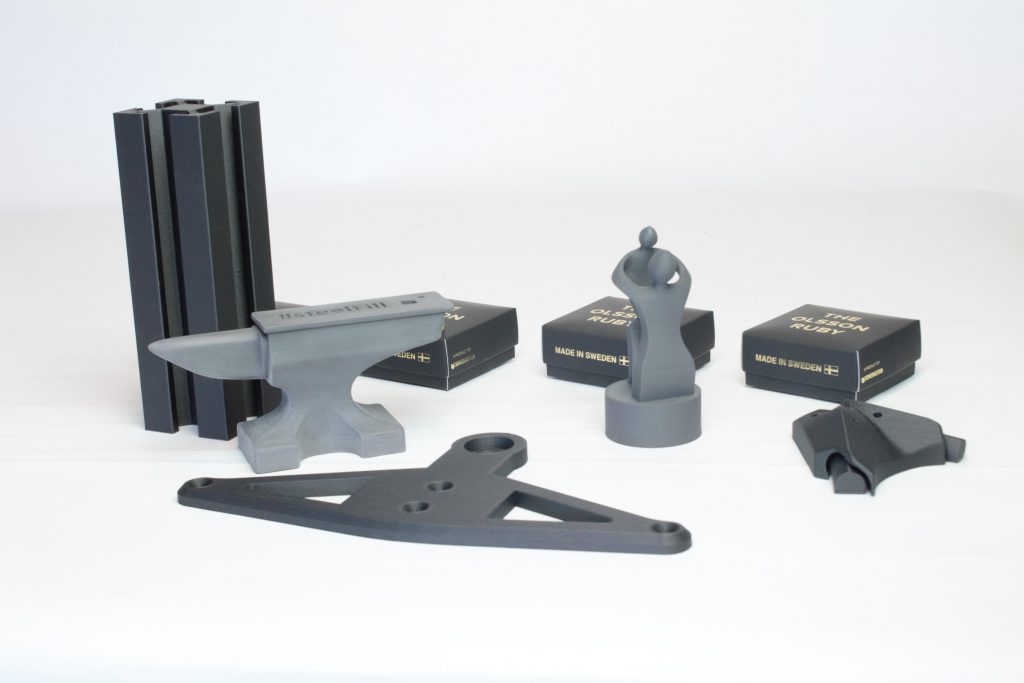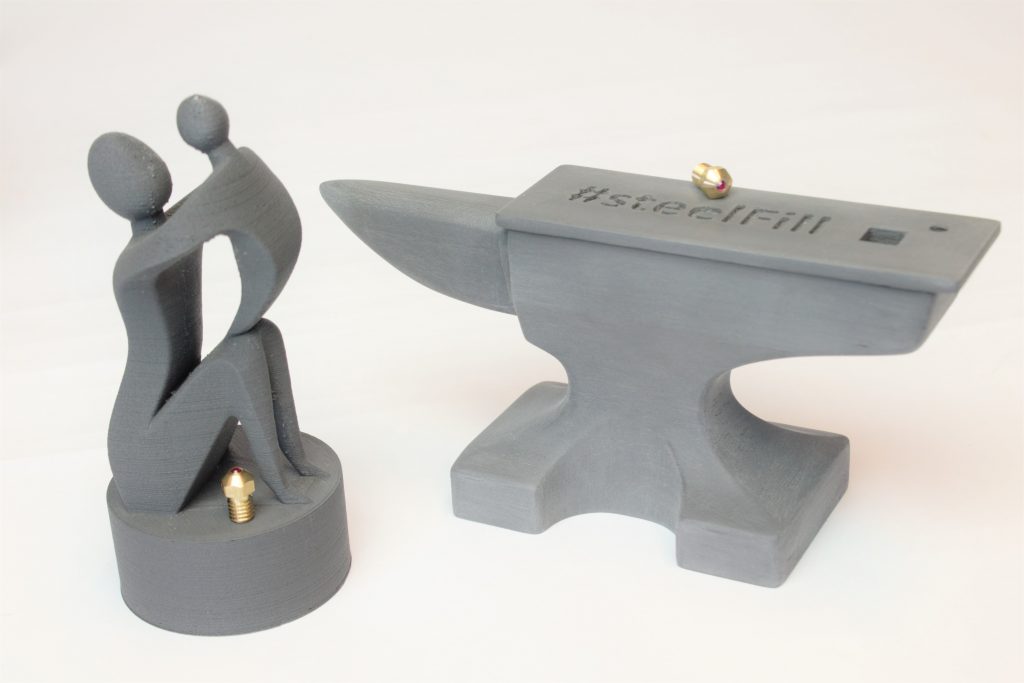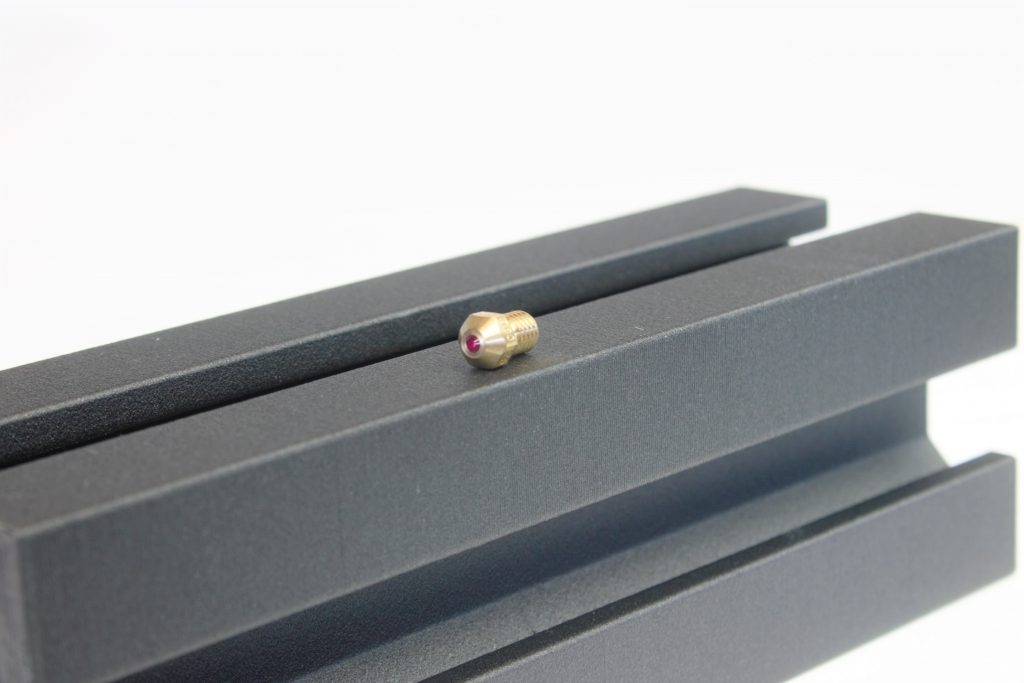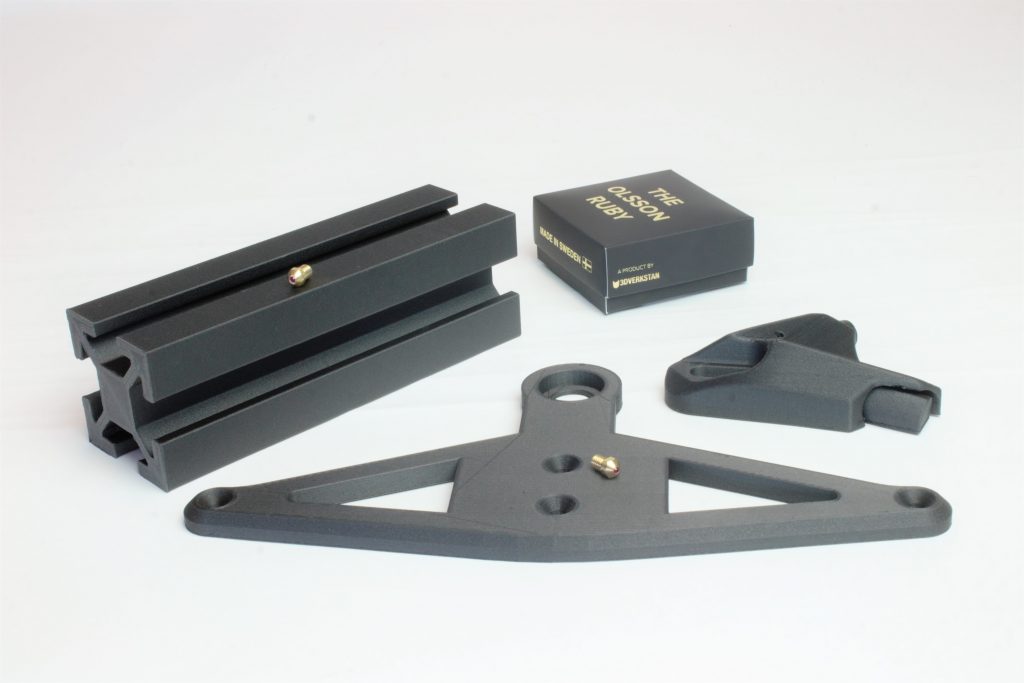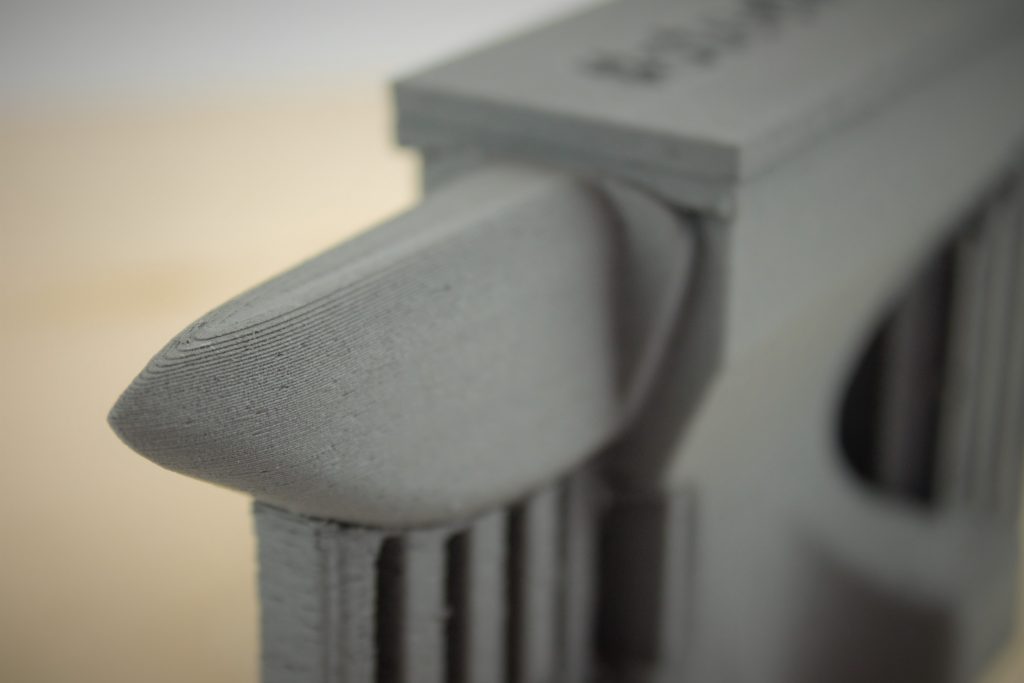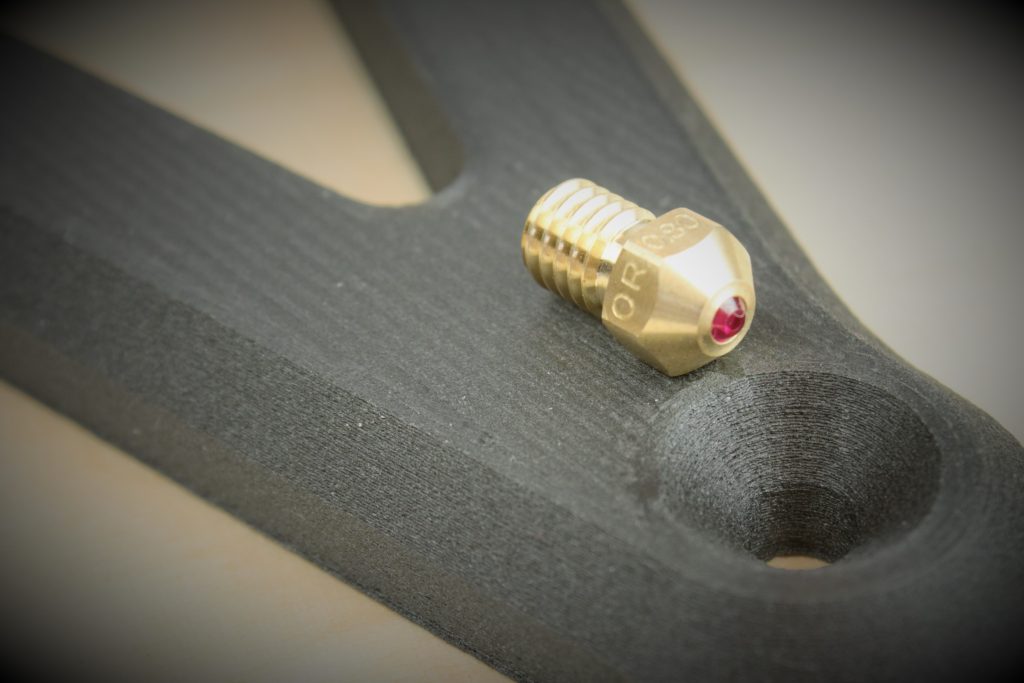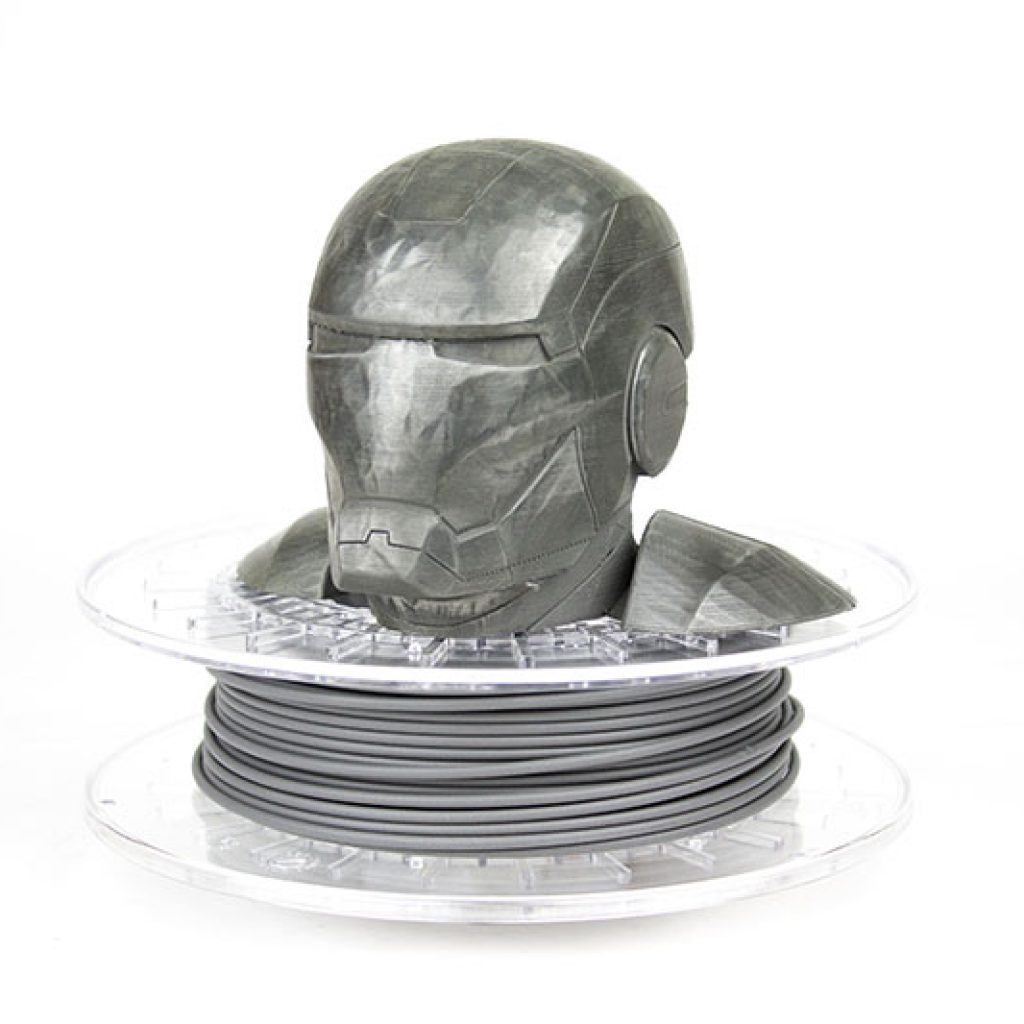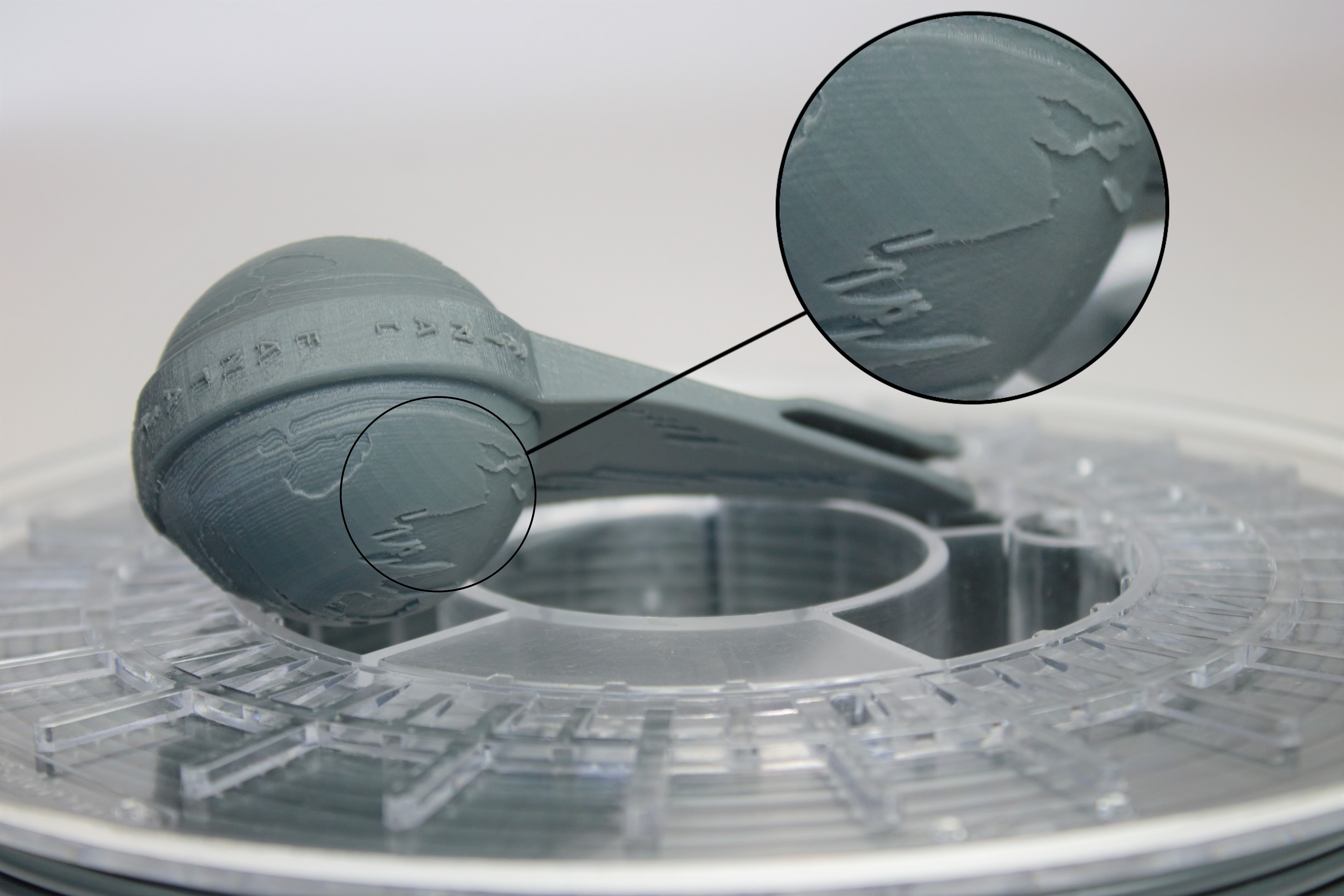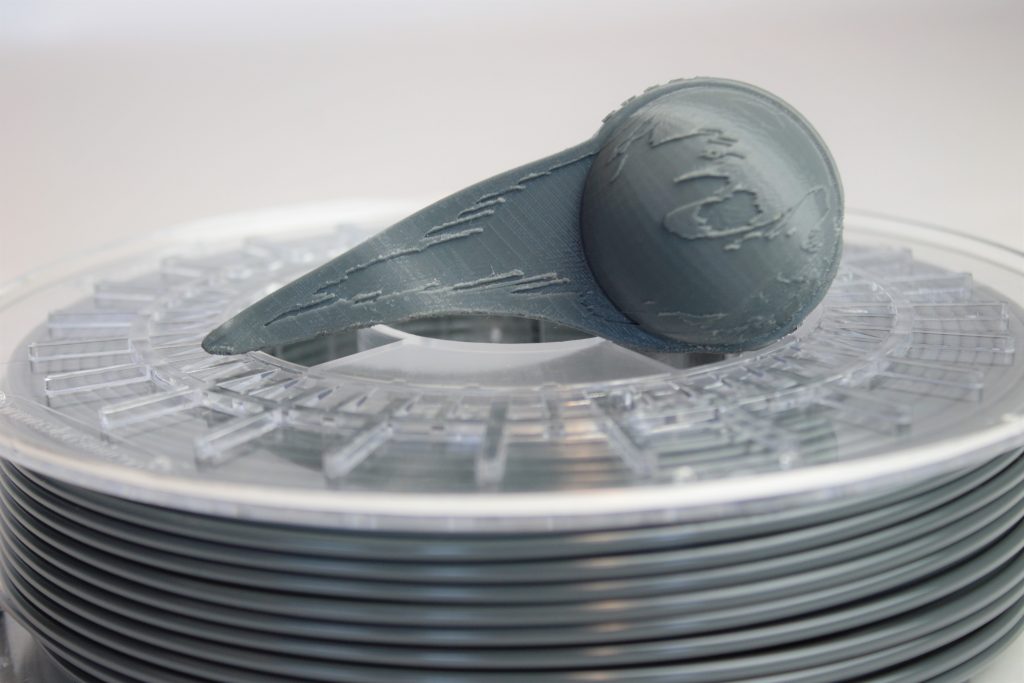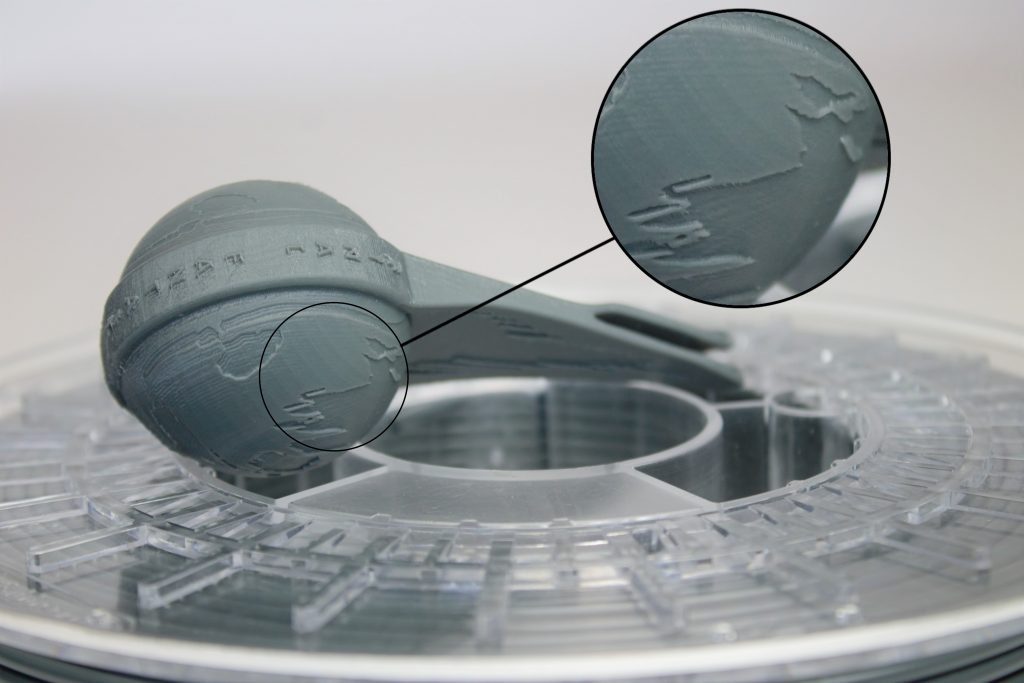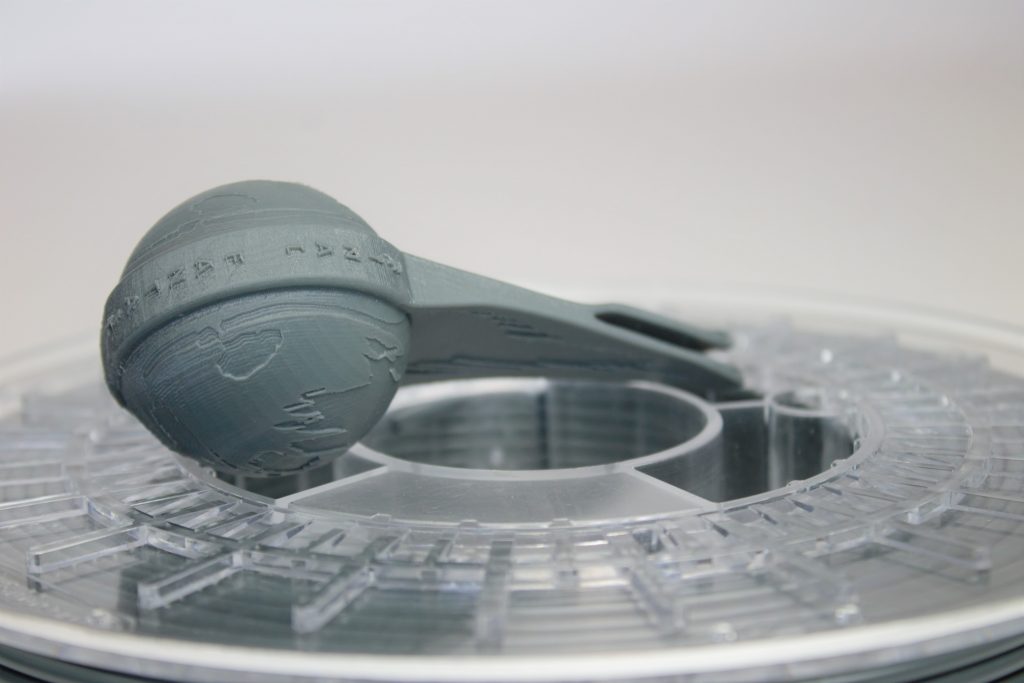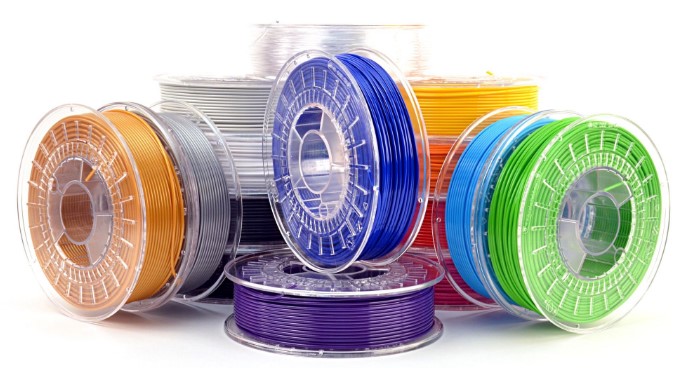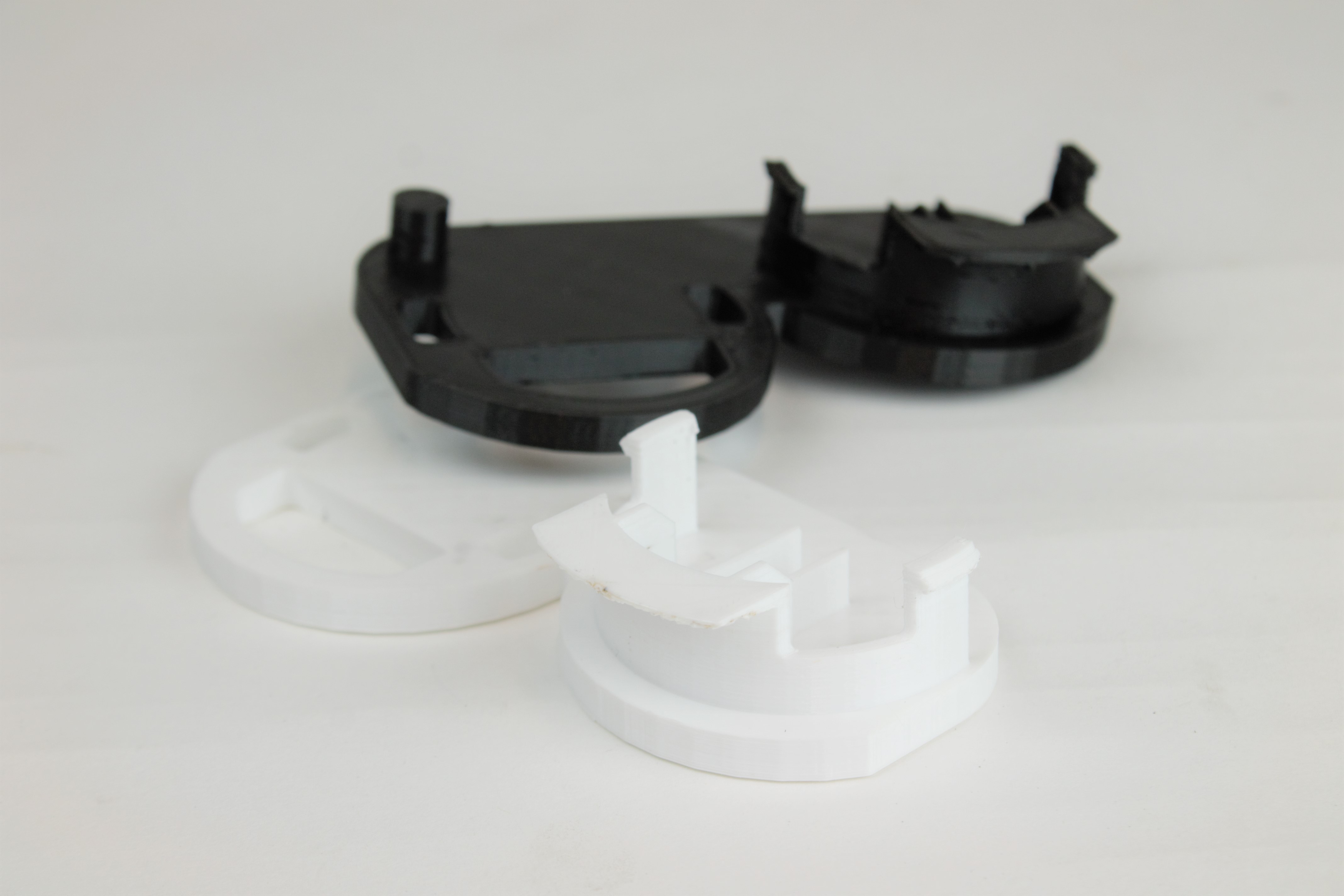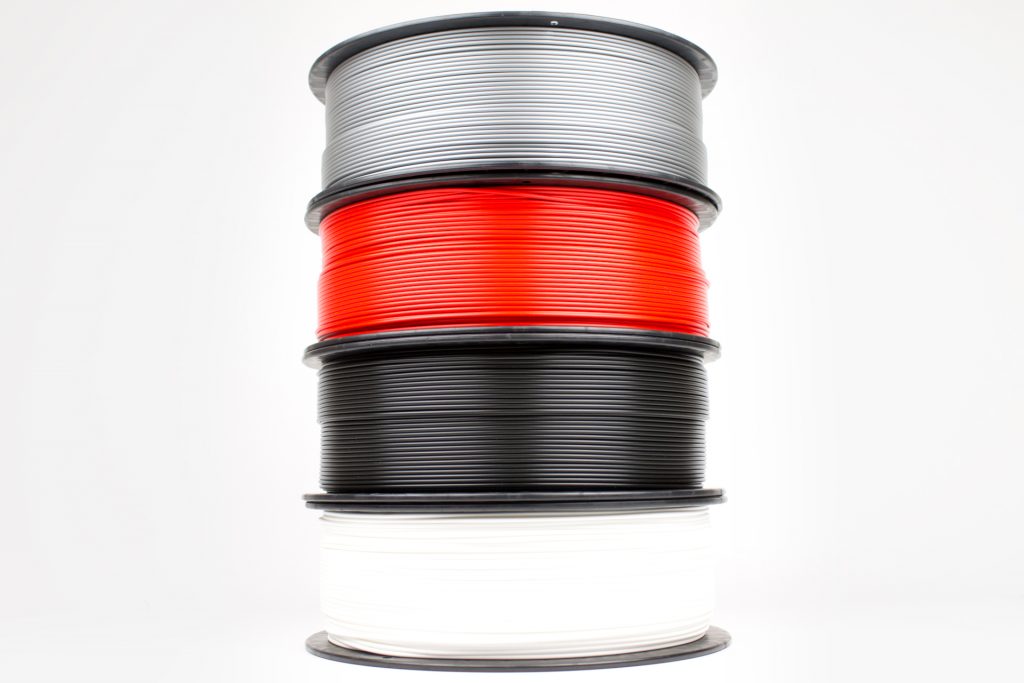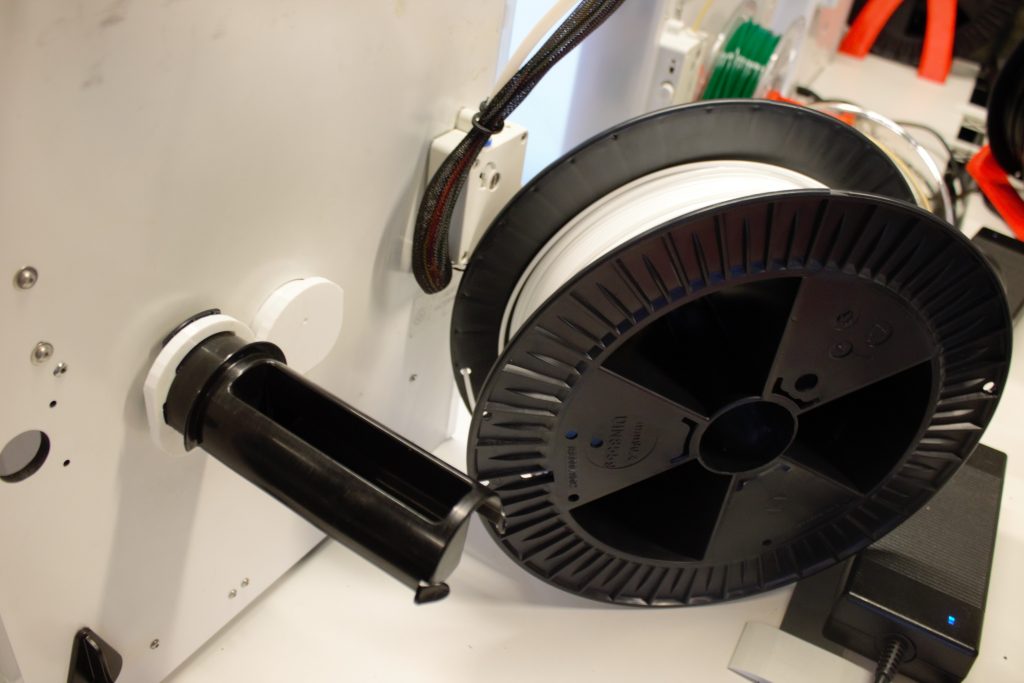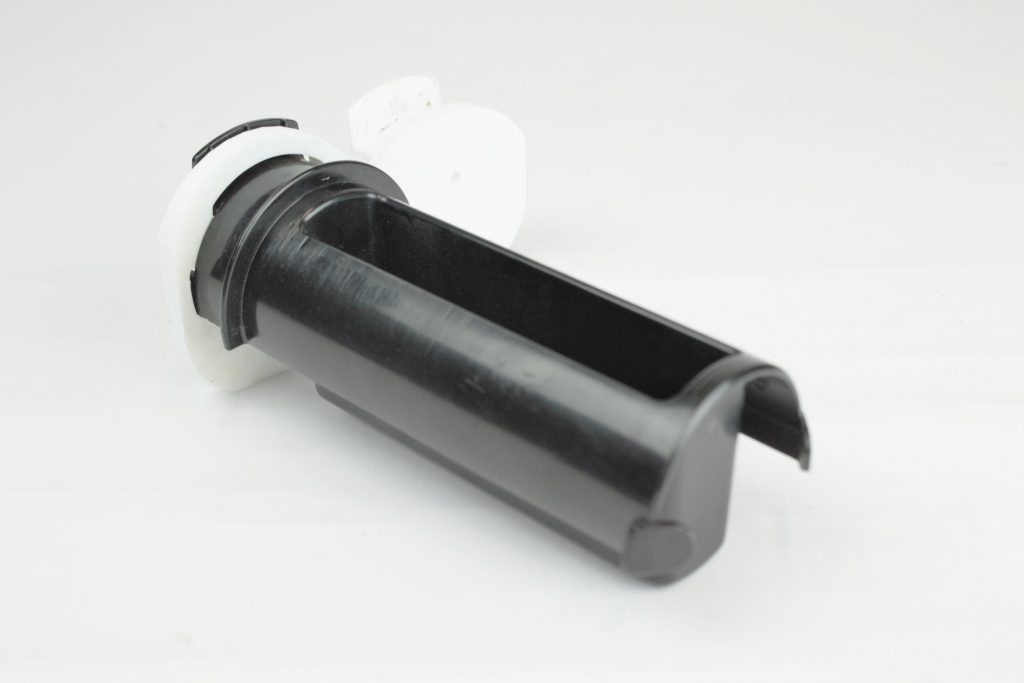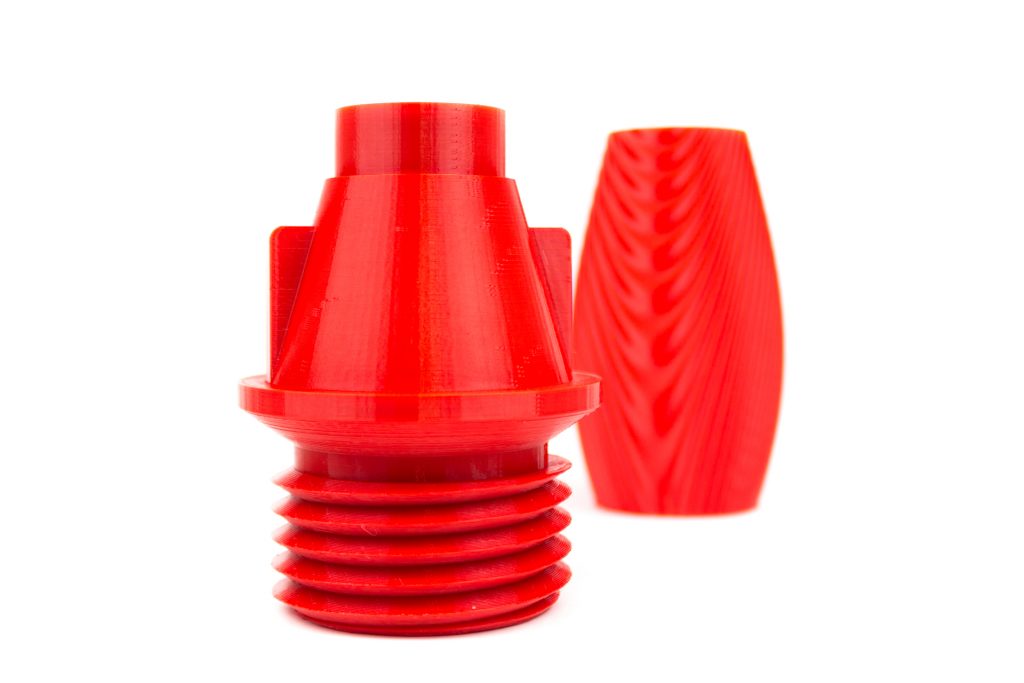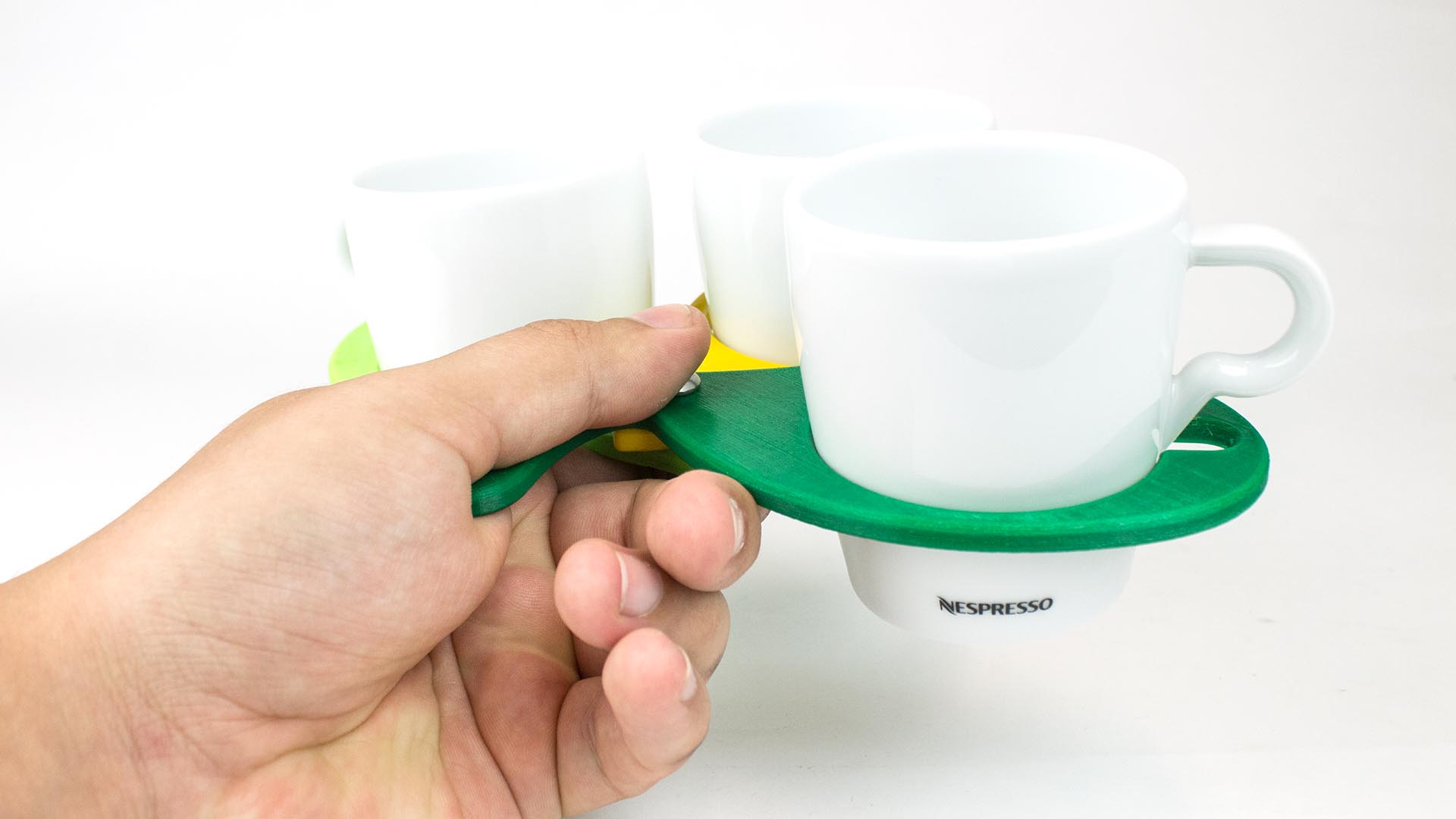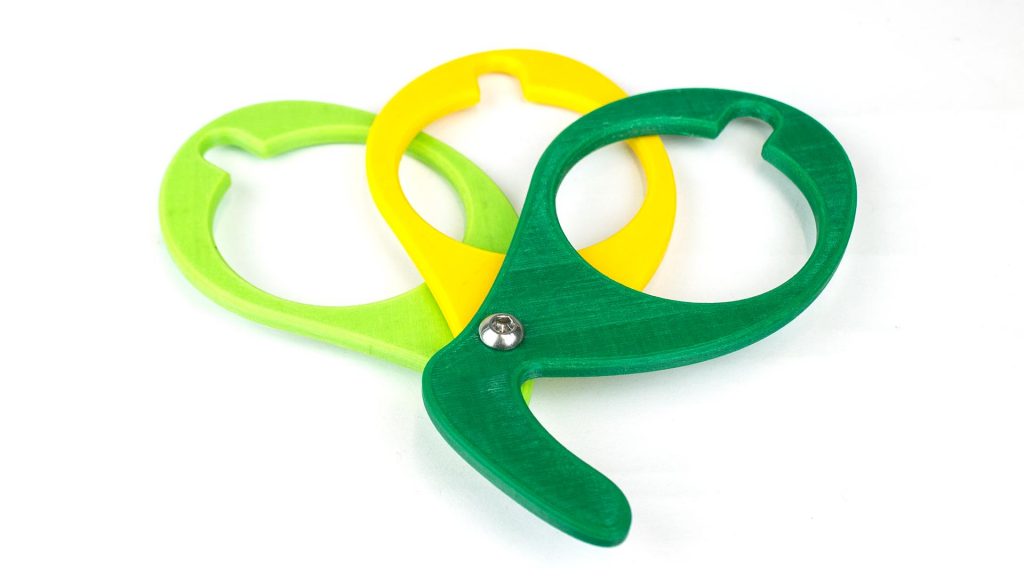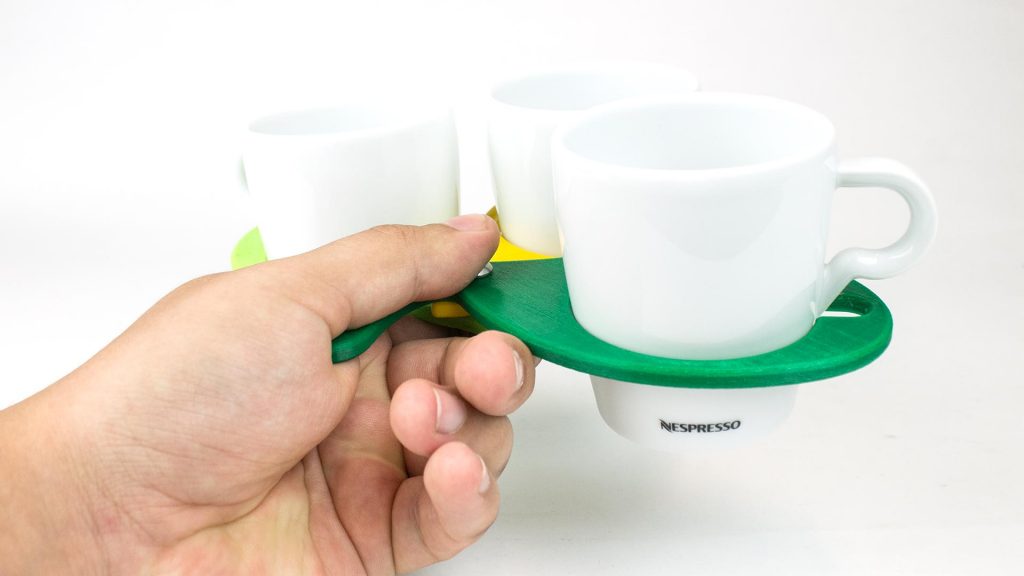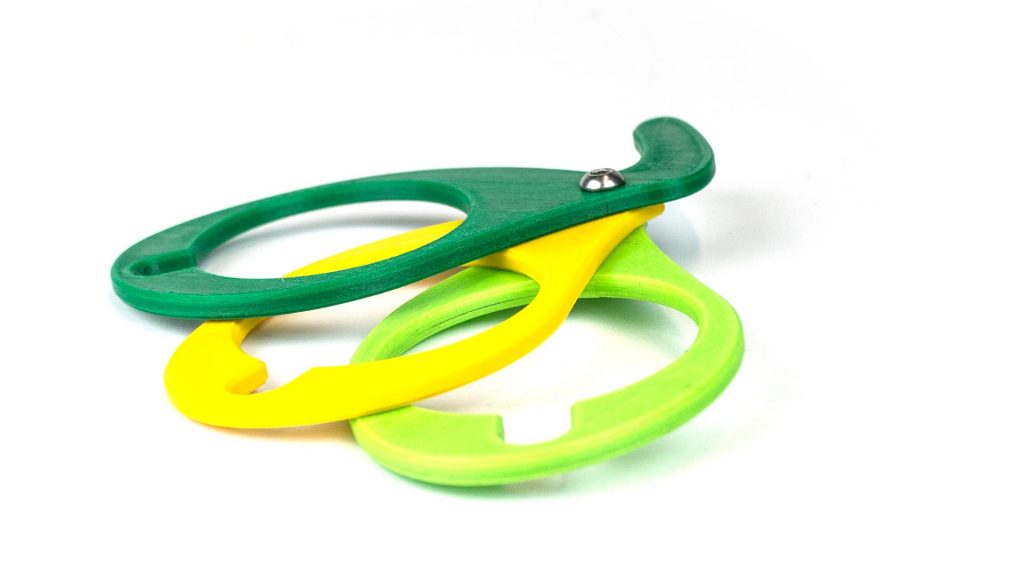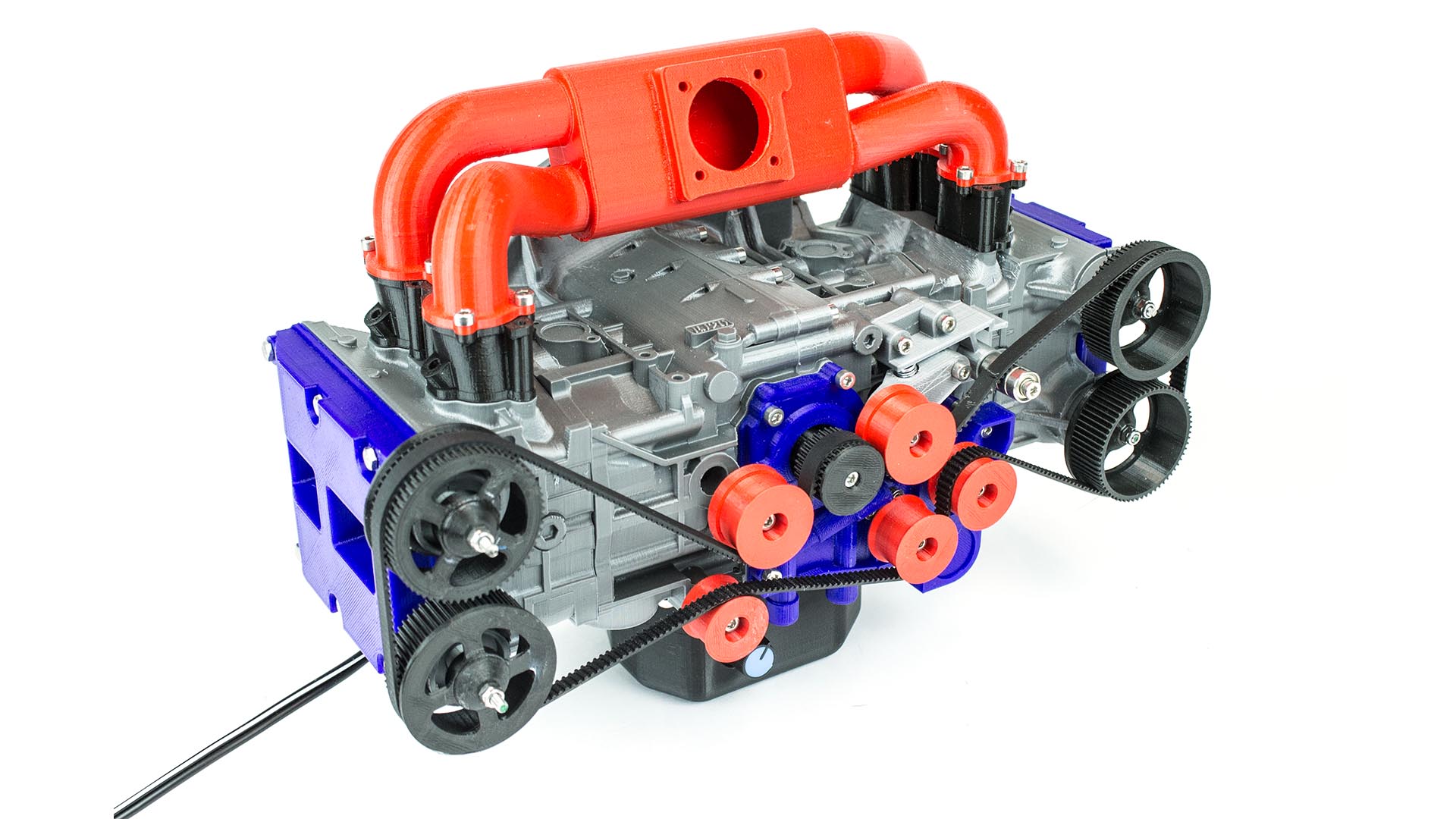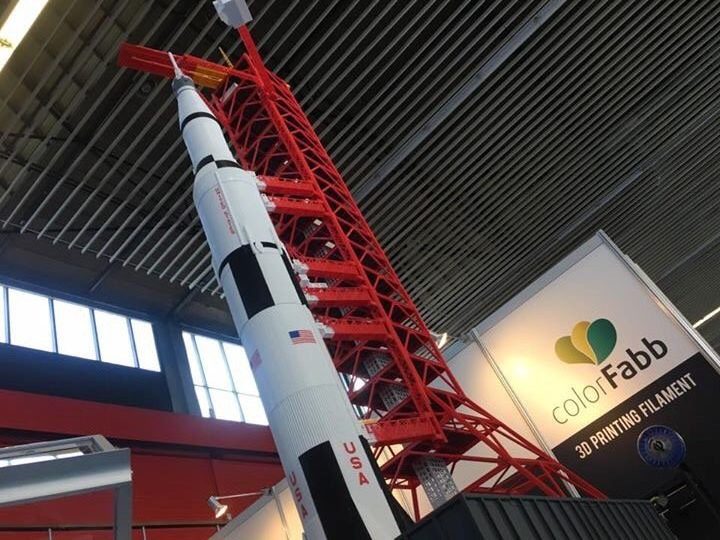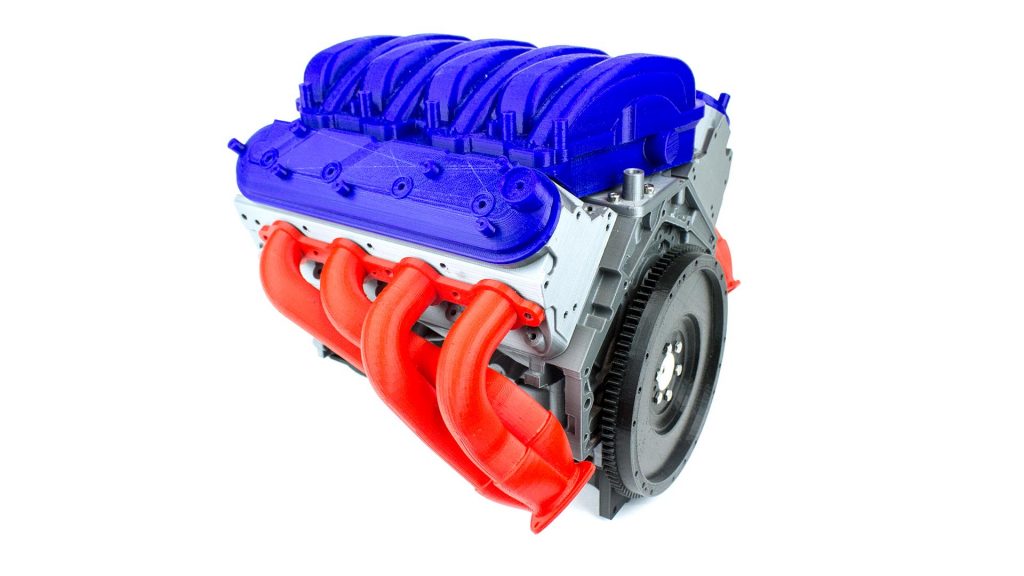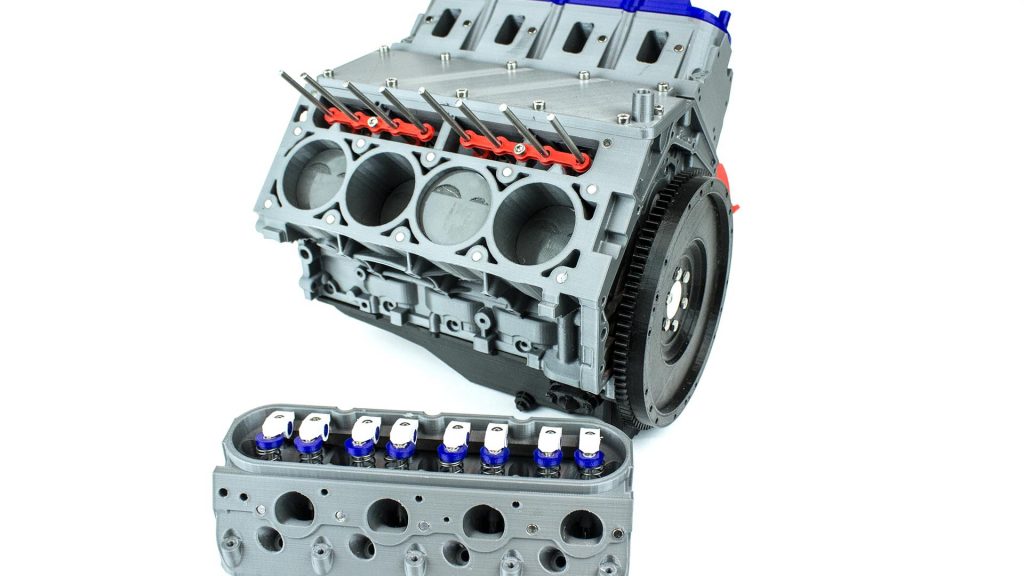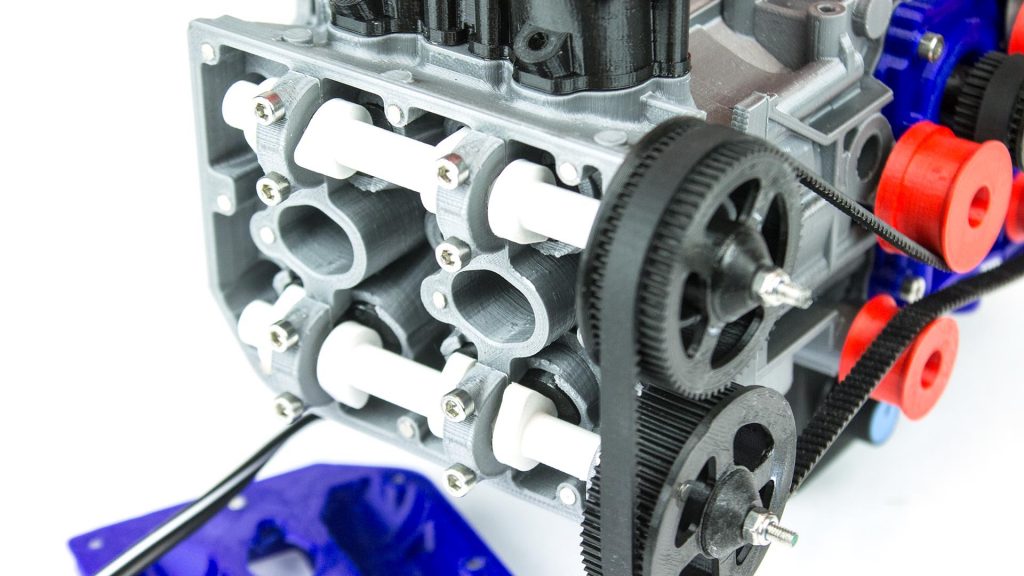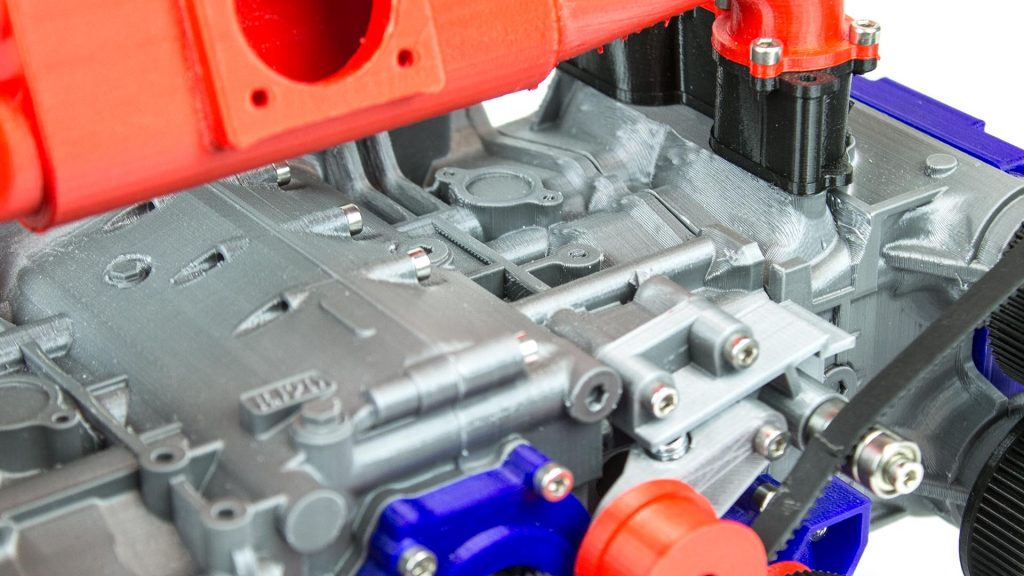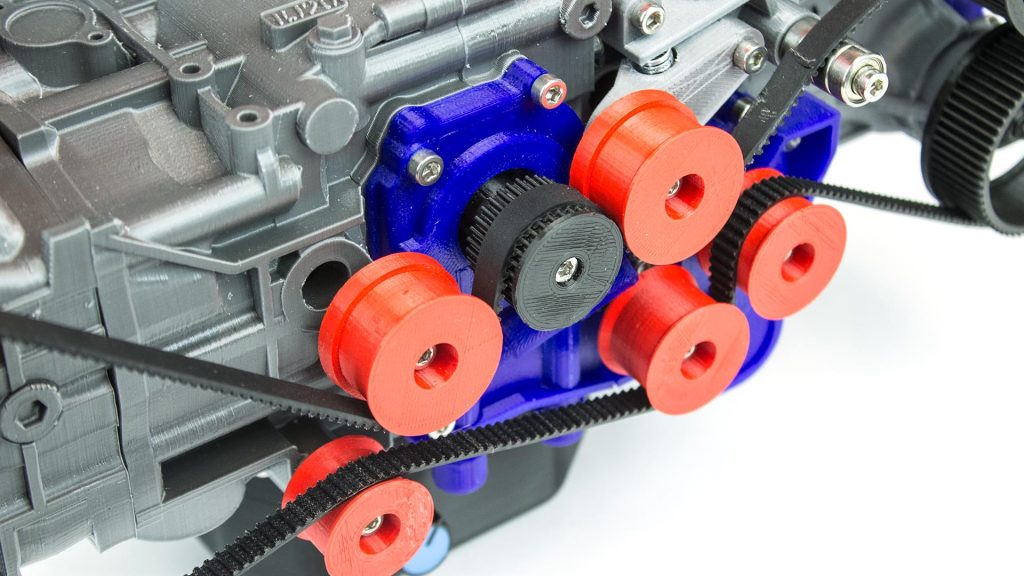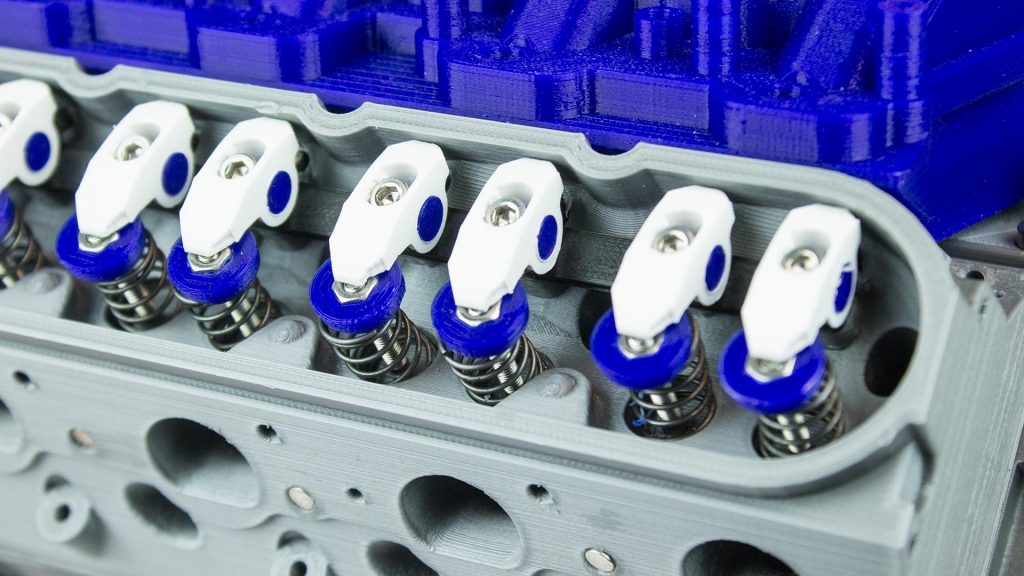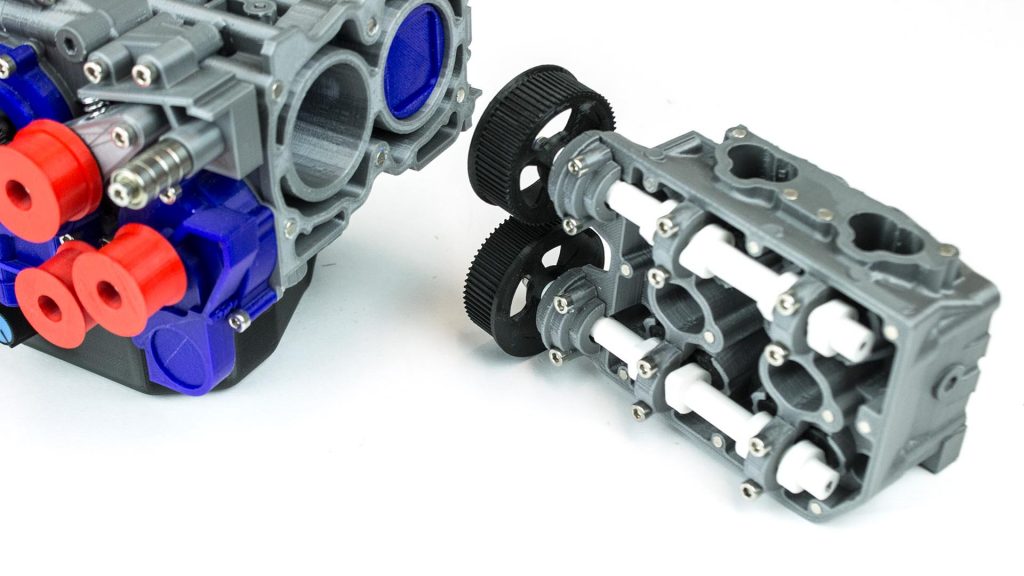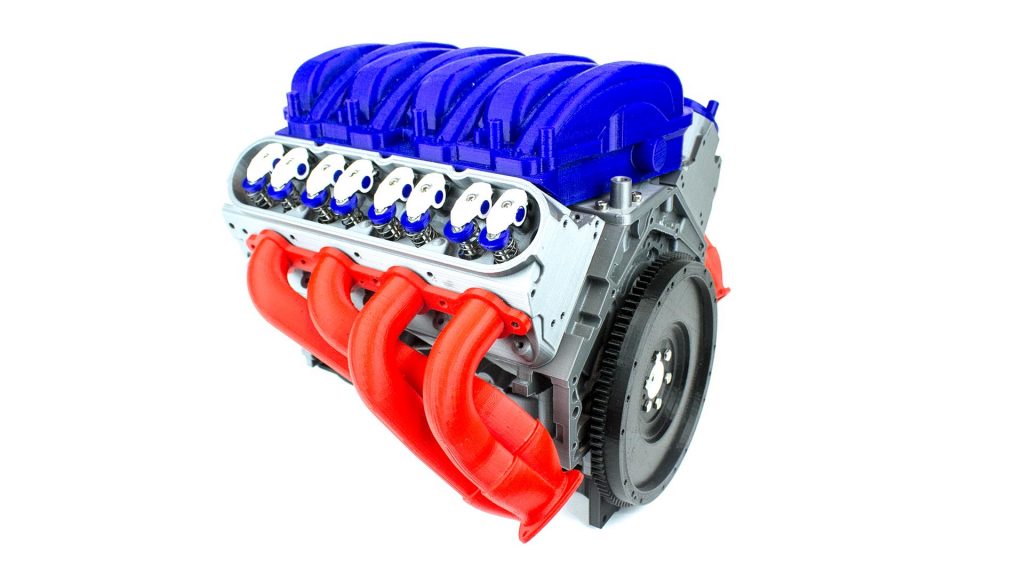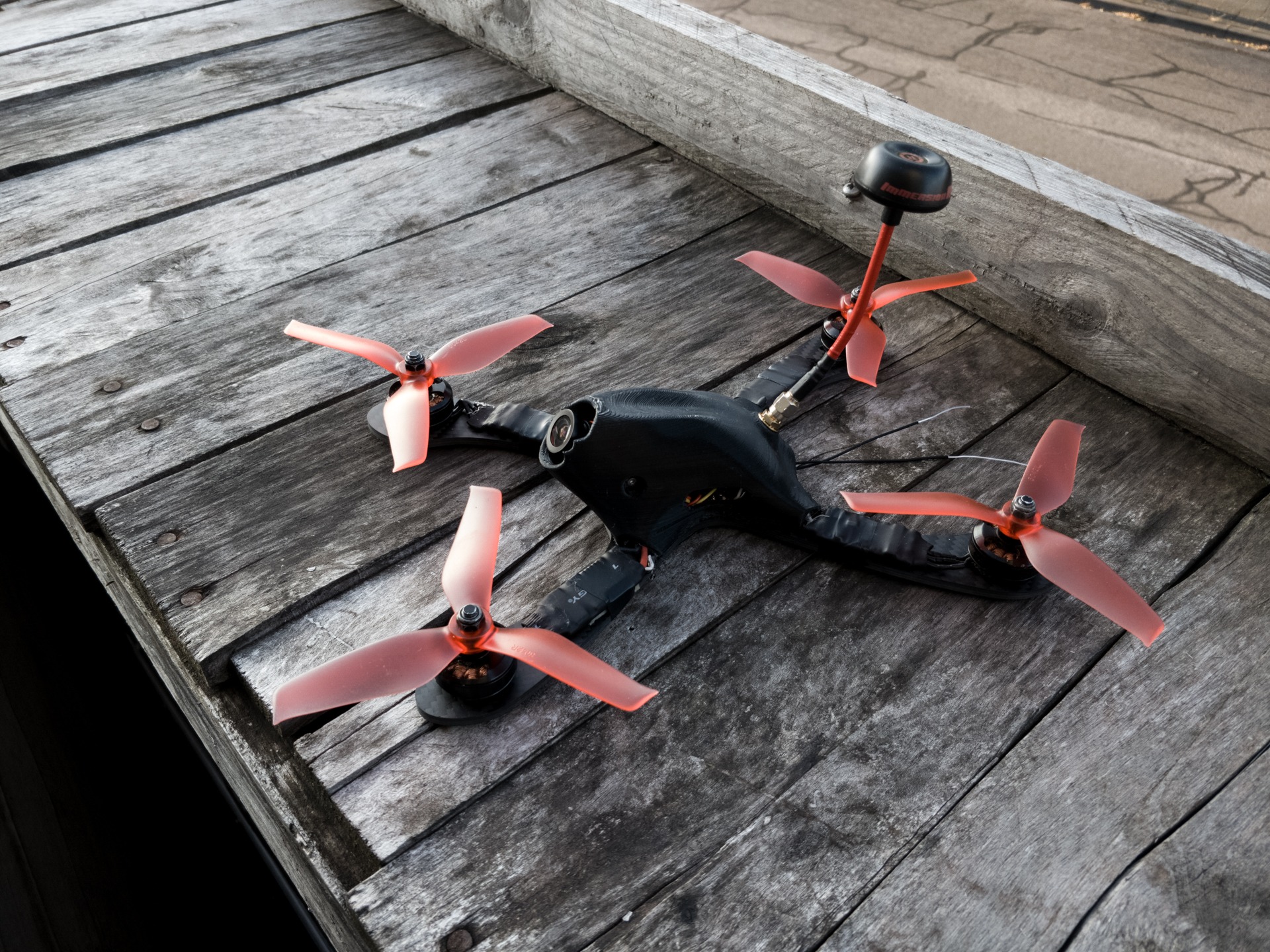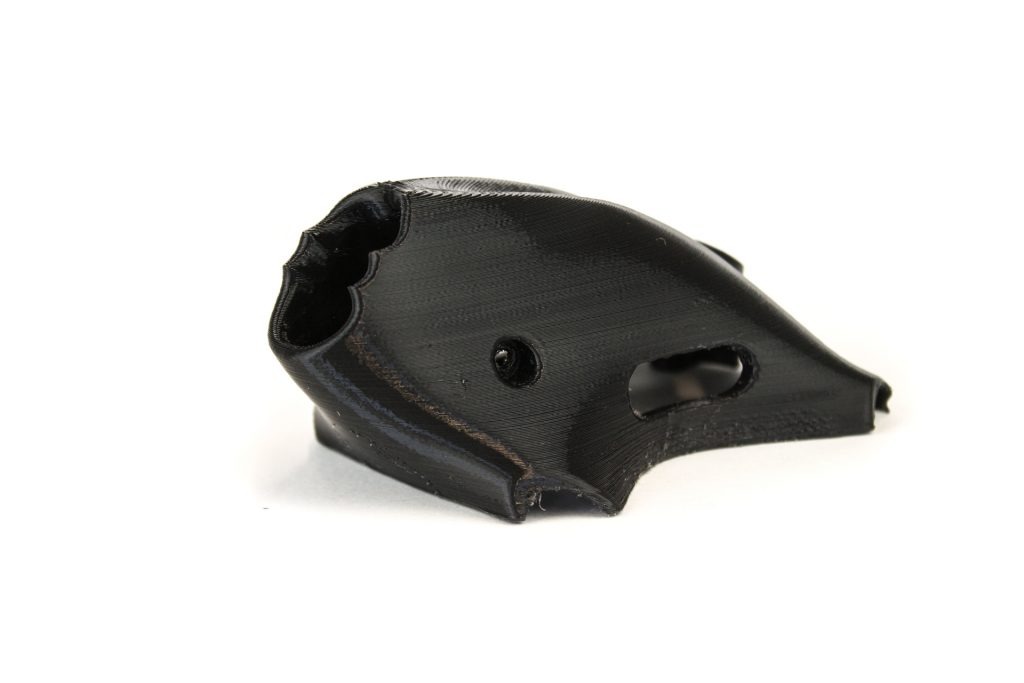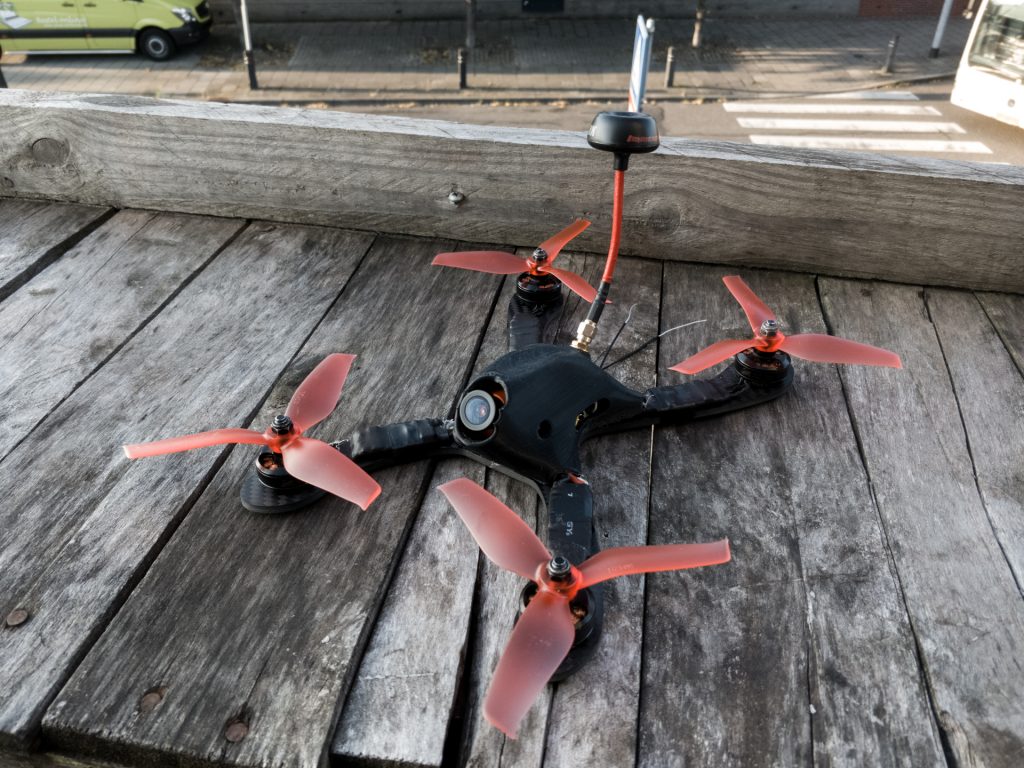In a world where 3D printing users require more functional and exotic filaments, we try to keep up with the demands. Although we aim to make sure our filaments work on as many printers as possible, we know that not all materials are a good fit for every printer. One of the reasons can be that some filaments wear the standard brass nozzles too much.
This summer our printlab sees a lot of testing with the Olsson Ruby nozzle, a nozzle which works especially fine with our abrasive filaments like XT-CF20 and steelFill.
Full credits for the designs at the end of the post
We printed with the brand new 0.6mm and 0.8mm Olsson Ruby nozzles on the Ultimaker 2.
The Olsson Ruby nozzles we printed with provided to us by its manufacturer and very own distributor for the Nordic Region: 3DVerkstan, based in Stockholm. In the words of Daniel Ljungstig, CEO of 3DVerkstan: “The Olsson Ruby is a high-tech nozzle with a carefully designed ruby tip, which makes it have unique properties. The ruby nozzle is designed by Anders Olsson, inventor of the popular Olsson Block that is also part of the Ultimaker 2+ 3D Printers. He designed it to be able to print extremely hard materials for scientific research at Uppsala University in Sweden.”
During our test printing the mask we have seen quite some benefits over the regular brass nozzles that are the current industry standard: The ruby nozzle retains the excellent heat conducting properties of brass, while being extremely resistant to wear. This means that you can print your standard materials as usual, but also very abrasive materials such as XT-CF20 and steelFill. Daniel Ljungstig adds: “In addition to this, many of our test users have reported an improved surface quality compared to standard nozzles.”
The Olsson Ruby is a high-tech nozzle with a carefully designed ruby tip, which makes it have unique properties. The ruby nozzle is designed by Anders Olsson, inventor of the popular Olsson Block that is also part of the Ultimaker 2+ 3D Printers. You can visit the website here.
About the filaments…
XT-CF20 is our first Amphora based special filament, launched nearly two years ago, made with colorFabb_XT and 20% carbon fibres. More information can be found here. XT-CF20 has received some really good reviews on our website. It may not be the easiest filament to print with, but the results can be stunning. The functionality, stiffness and the matte finish are true selling points of this material.
colorFabb’s XT-CF20 is available in both 750 grams and 2.2kg spools. Click here to see the availabilty.
With steelFill we are added a fourth metal based filament to our portfolio after succesfully releasing bronzeFill in 2014, copperFill later that year and brassFill in early 2015. As with these other filaments, the key is post-processing and you can use similar techniques as with our other special metal based filaments.
You can find the full tutorial on how to print with steelFill here.
Iron Man Bust by Geoff.W (not printed with the Ruby nozzle, by the way) – http://www.thingiverse.com/thing:571321
As with XT-CF20, steelFill is available in our webshop and through our network of distributors and resellers worldwide.
The designs
3D printed bike dropout right by colorFabb: https://www.thingiverse.com/thing:892442
OpenRC F1 250% Front Upper BOM by colorFabb: https://www.thingiverse.com/thing:1834126
Misumi Aluminium Extrusion 2020 profile (scaled) by Beverageexpert: https://www.thingiverse.com/thing:280318
SteelFill anvil by Steve Cox (original post)
Mother’s Day Sculpture by MakePrintable: https://www.thingiverse.com/thing:1541512
The nozzles were generously supplied to us by 3DVerkstan, our distributor and partner in the Nordic region and manufacturer of the Olsson Ruby Nozzle. For more information about the nozzle, contact 3DVerkstan: info@3dverkstan.se or visit the Olsson Ruby website.

